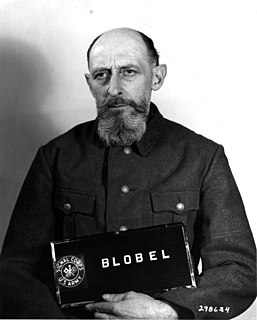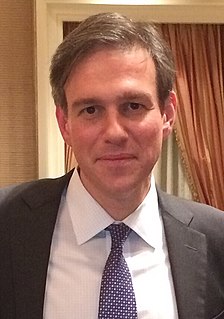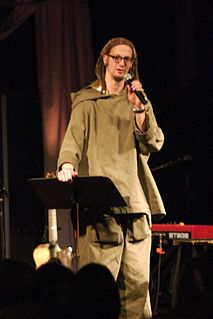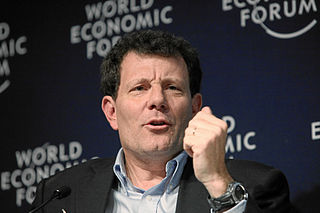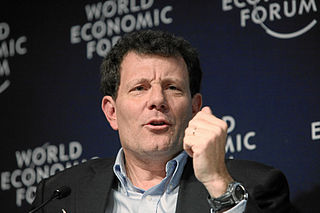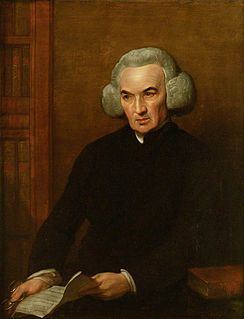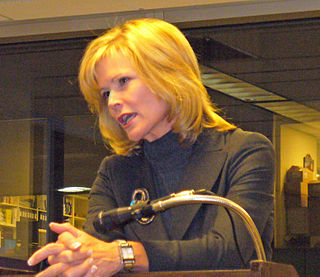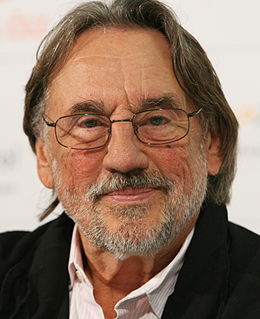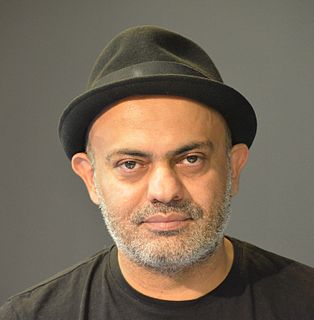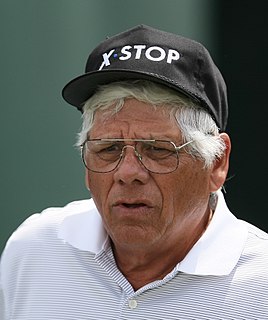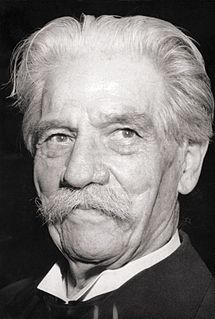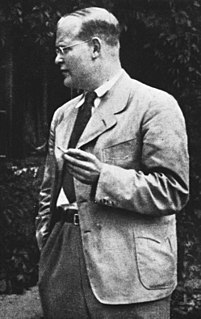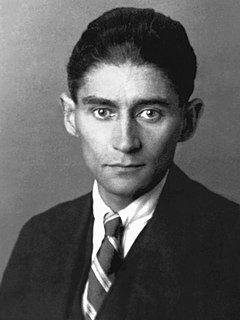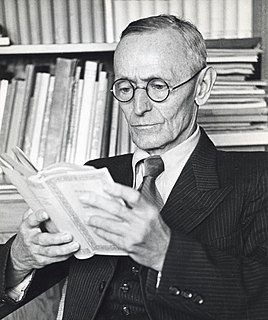A Quote by Paul Blobel
I have always used rather large execution squads, since I declined to use men who were specialists for shots in the neck (Genickschussspezialisten). Each squad shot for about one hour and was then replaced. The persons who still had to be shot were assembled near the place of the execution, and were guarded by members of those squads, which at the moment did not take part in the executions.
Related Quotes
Out of the total number of the persons designated for the execution, fifteen men were led in each case to the brink of the mass grave where they had to kneel down, their faces turned towards the grave. When the men were ready for the execution one of my leaders who was in charge of this execution squad gave the order to shoot. Since they were kneeling on the brink of the mass grave, the victims fell, as a rule, at once into the mass grave.
We shot in a place called Asheville, which is like beautiful, beautiful forests. … And then part of it we shot all the reaping stuff, which was just crazy - because the reaping in the book and in the script is such an emotional thing for everyone. It really did feel like that when we were shooting it.
We shot in a place called Asheville, which is like beautiful, beautiful forests. And then part of it we shot all the reaping stuff, which was just crazy - because the reaping in the book and in the script is such an emotional thing for everyone. It really did feel like that when we were shooting it.
When we really began executions rather than lynchings, black folks were 22% of our population in 1950, for instance, but they were 75% of the executions. Now, African-Americans are 13% of the population, but they're still almost half of death row, and over a third of the executions. 34% of the executions are black folks. So, like, I mean, things like the race of the victim is one of the biggest determinants of who gets executed.
The time to hurry is in between shots. It's not over the shot. It's timing how people walk. You have to add that to the equation. If you've got somebody walking slow and they get up to the shot and take their 20 seconds, what's the aggregate time for them to hit that shot in between shots? That's what really matters. It's not the shot at hand.
Every shot feels like the first shot of the day. If I'm on the range hitting shot after shot, I can hit them just as good as I did when I was 30. But out on the course, your body changes between shots. You get out of the cart, and you've got this 170-yard 5-iron over a bunker, and it goes about 138.
